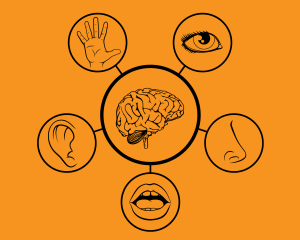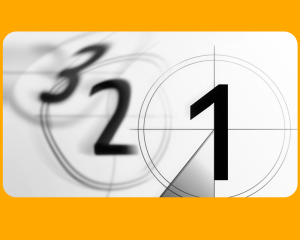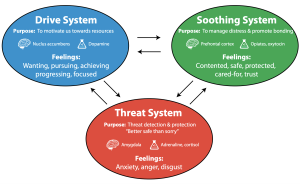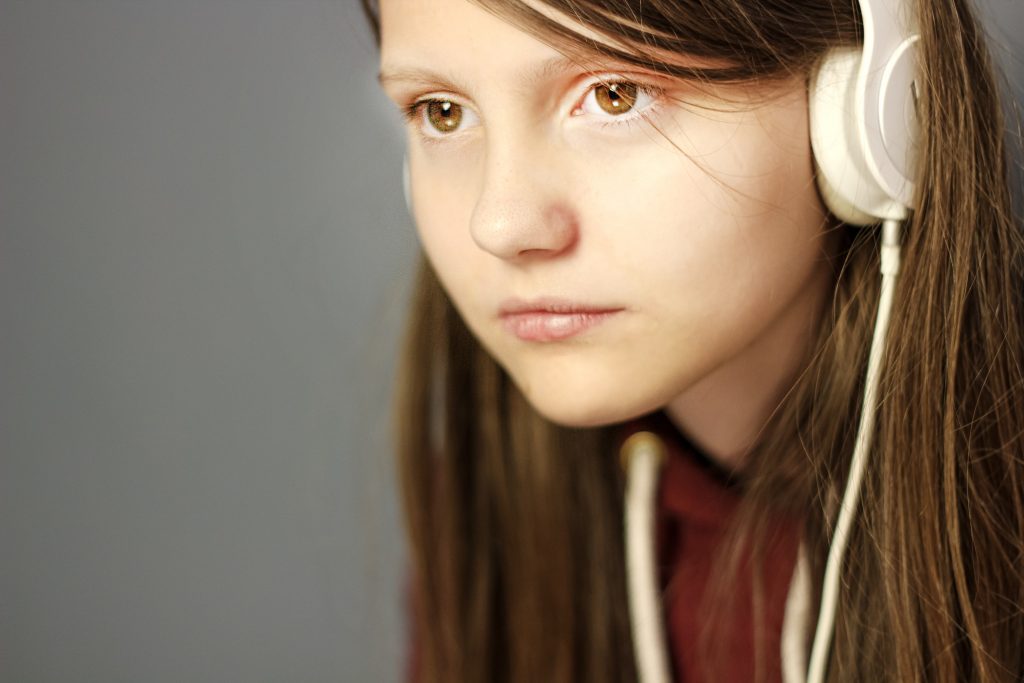How to Combat Anxiety – Part 3 of 4 Miniseries – Practical Ideas to Settle and Sooth Breathing
Part 3 is all about breathing. Breathing is essential to human life and we all do it, but we each have a unique rhythm.
How can you use breathing to cope with anxious and unhelpful thoughts?
How does breathing let your body know, “thanks for being on alert, but I’m ok right now and I’ve got this”?
Read on my friends.

Photo by Canva
Our breath pattern changes depending on what we are doing and how we are doing. If we are exercising, for example, our breath will deepen and speed up in order to get more oxygen to our muscle groups. When we are sleeping, our breath generally slows down to respond to our state of rest.
Our breathing is also linked to our emotions. When we are scared or really stressed our breathing can become rapid and shallow, preparing us to fight, freeze, or flee. When we are relaxed, for example during a meditation or enjoying a good book, our breathing slows in response.
Breathing may seem automatic and for a lot of things it is, but the really cool thing is that we can adjust our breathing to settle and soothe our system on purpose.
This kicks in our parasympathetic system which is our ‘rest and relax’ system, the opposite system that kicks in when we are under stress.
One important note about breathing- everyone’s breathing pattern is unique to them! Although breathing instructions and breathing exercises may encourage you to take breaths in certain ways, it is really about what is an option for you at that moment. In going over some of the ideas in this blog and video, please keep in mind that whatever kind of breathing is available for you today- is ok!
For example, people who have experienced a lot of trauma sometimes tend to have shallower breaths, so if a breathing exercise or instruction is inviting you to take deep breaths that can actually be quite activating and overwhelming. It’s about listening to our body and well…..learning to listen to our body.

Photo by Canva
Breathing in through my nose? Through my mouth?
Again listening to yourself and what’s possible in that moment. It can be helpful to breathe in through your nose when trying breathing patterns that are designed to help kick in the parasympathetic system, but it doesn’t have to be that way- so just keep that in mind.

Photo by Canva
If you have allergies (Oh do I know hay fever season!) or a cold and it’s a matter of mouth breathing- then go with that! When I’m practicing breathing patterns to relax, I generally tend to breathe in through my nose and out through my mouth but again, whatever is an option for you.
There are different types of breathing strategies that can be used and using simple reminders and cues can help guide the breath.
Finger breathing– tracing your breath using your hand as a guide. What I usually do is take an in breath (breathe in) when tracing the outside of my first finger (perhaps your thumb), pause or hold at the top, and then take an out breath (breathe out) as you trace the other side of that same finger. Just keep that pattern as you trace out the entire hand. The added bonus is that the touch of you tracing your fingers can add some extra focus and soothing.
Shape breathing– If you have something to write with and write on handy, draw out a shape of your choice, any shape will do. Then you can use your writing tool (pencil, pen, sharpie, lipstick- you can be creative here!) and trace over the shape you’ve drawn and have your breath mirror that shape. For example, if you choose to draw a rectangle, you will trace over one line and breathe in, trace over the next line and take a pause, trace over the next line and breathe out. Trace over the shape until you’ve taken a few breaths (I like to do between 5-10)

Photo by Canva
Being aware and noticing your breath– Simply bringing some focus and attention to your breath and where you notice it the most. For some folks that might be more in the chest, for some it may be more in the stomach area. The invitation is to place your hand on that area (your chest, your stomach, or both) and just take a moment to notice as it rises and falls with your breath. Notice your hand(s) as they go up and down with your breath. Repeat for a few breaths.

Photo by Canva
Imagery or object breathing (feather breathing, candle breathing, flower breathing)- While bringing an image to mind, use that to guide your breath. Let’s take the feather breathing example. You can have an actual feather for this idea or you can just pretend you have a feather handy. Place the feather in your hand and as take your in breath and out breath, trying to make the feather move. Same thing with the candle breathing- imagine you have a candle in front of you and as you breathe in and out, you are moving the flame of the candle, but not blowing the candle out. This helps to control and bring awareness to the breath.
If you found this post helpful, spread it by emailing to a friend or sharing it on Twitter or Facebook- Thanks! Also, be sure to come back and check out Part IV, where I’ll be talking about using visualization and imagery to combat anxiety.
Breathe on!
 Chantal Côté (she/her) is a psychologist and teen life coach living in Calgary, Alberta. After over a decade in non-profit and community mental health, Chantal started Pyramid Psychology, a practice dedicated to supporting teens – a population she is constantly amazed by. Chantal is on a mission to help 100,000 teen girls (and their parents) build bulletproof mindsets so they can weather the ups and downs of life. As part of this goal, Chantal has had the privilege of speaking at various events – virtual and live – to support teens and parents.
Chantal Côté (she/her) is a psychologist and teen life coach living in Calgary, Alberta. After over a decade in non-profit and community mental health, Chantal started Pyramid Psychology, a practice dedicated to supporting teens – a population she is constantly amazed by. Chantal is on a mission to help 100,000 teen girls (and their parents) build bulletproof mindsets so they can weather the ups and downs of life. As part of this goal, Chantal has had the privilege of speaking at various events – virtual and live – to support teens and parents.
Outside of this passion, Chantal is often in nature, writing poetry, playing ball hockey and hanging out with her loved ones.
Each week, Chantal writes a blog article in response to issues she hears from the parents and teens she connects with. If you have something you’d like to read more on – email ideas and questions to info@pyramidpsychology.com or DM us via Instagram or Facebook.




















 Chantal Côté (she/her) is a psychologist and teen life coach living in Calgary, Alberta. After over a decade in non-profit and community mental health, Chantal started
Chantal Côté (she/her) is a psychologist and teen life coach living in Calgary, Alberta. After over a decade in non-profit and community mental health, Chantal started 



 Jessa is a counsellor that has recently completed her master of counselling degree through Athabasca University.
Jessa is a counsellor that has recently completed her master of counselling degree through Athabasca University.

 experiencing depression, in order to be there for her for the long haul, you’ll want to ensure you’re in a good place, filling your cup consistently, so you
experiencing depression, in order to be there for her for the long haul, you’ll want to ensure you’re in a good place, filling your cup consistently, so you  I have heard things like:
I have heard things like:



























